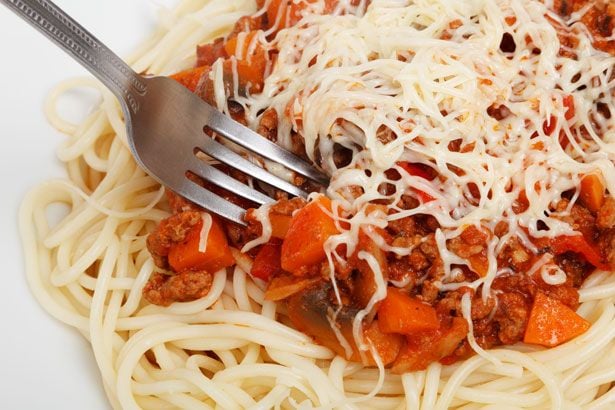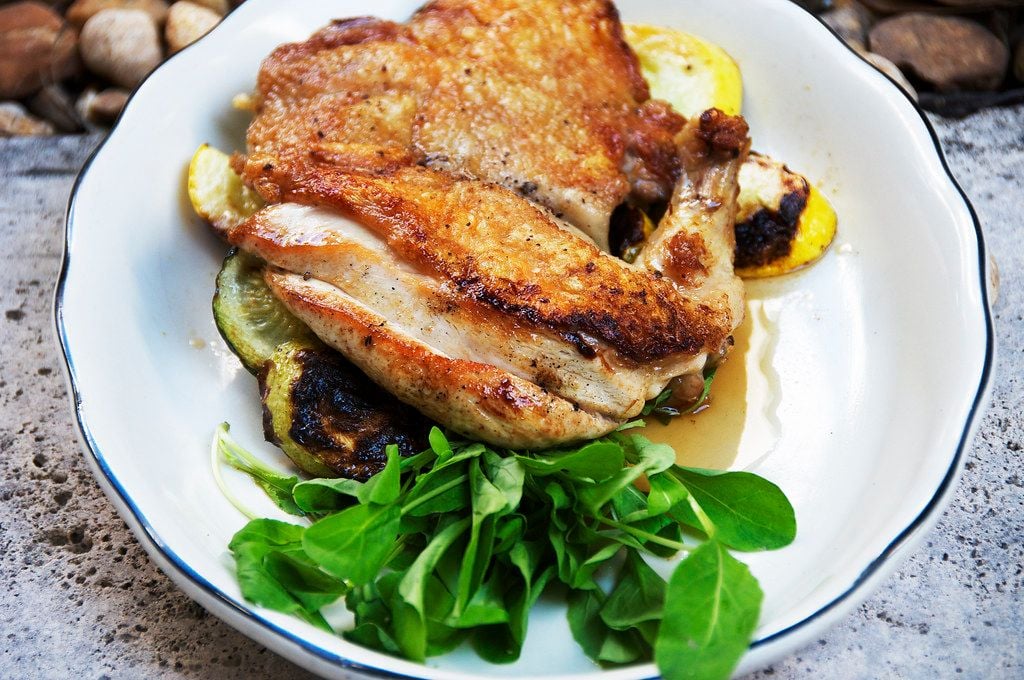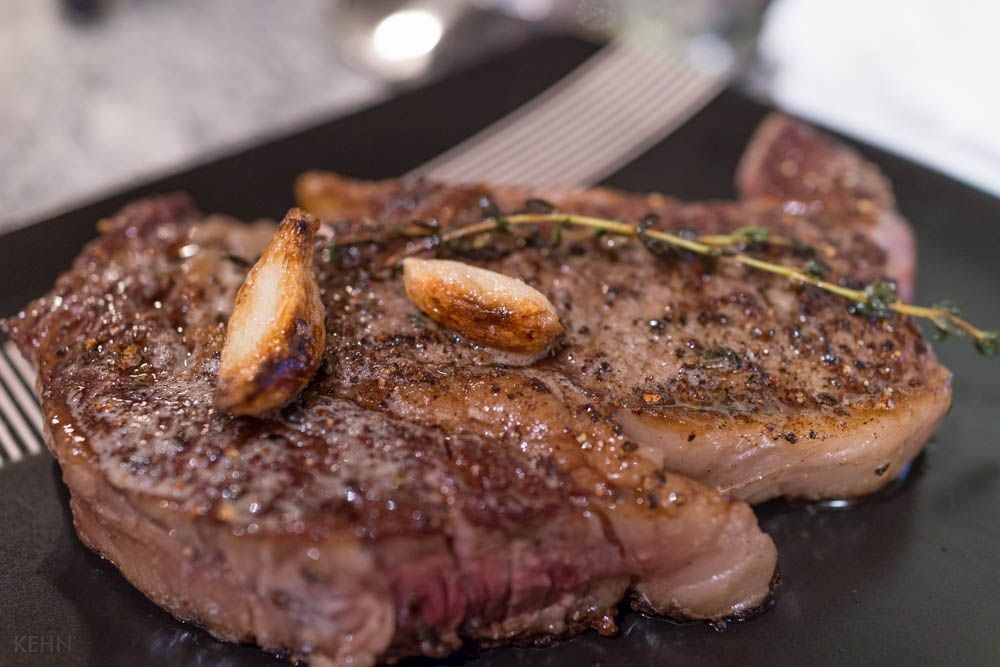
The Hidden World of America's Truffle Boom
- May 6, 2024
In the world of gourmet foods, few items are spoken of as frequently as truffles. Chefs, foragers, and cultivators around the US have noted the increasing prevalence of truffles, not just the imported ones from France or Italy, but also native American truffles.
Among these American truffles are Pecan truffles (Tuber lyonii), which are found in pecan orchards and at the base of specific species of oak, hazelnut, and hickory trees from central Mexico to Canada. Truffle-hunting dogs are being trained to search for these culinary gems. The Ohio-based chef Jeremy Umansky of Larder even finds truffles in his local area. These native truffles, which come into season from late fall to early spring, are gradually making their way onto menus.
A surprising disclosure from Amanda Humphrey, Advocacy and Experience manager at Maker’s Mark’s Star Hill Farm in Kentucky, added another dimension to this truffle tale. Their Lagotto truffle dog surprisingly found native pecan truffles on their property. These truffles, dubbed Kentucky Winter White Truffle, although lighter than the famed Perigord, still impart an earthy and savory taste. Truffles harvested on the farm form a part of the menu at the on-site restaurant and are even grated into butter used to infuse bourbon.
In recent times, truffle cultivation has become a promising enterprise in America. The Truffle Dog Company, founded by Alana McGee, is one organization leading the charge. They teach people how to truffle hunt with their dogs and collaborate with farmers to cultivate European species of truffles, providing additional income to family timber farms.
Amy Brandwein, a chef from Centrolina restaurant in Washington D.C., uses pecan truffles and cultivated black truffles from Virginia in her dishes. Recounting her experience with native truffles, she advises consumers to consider the freshness and intense flavors of American truffles, noting that they have a longer shelf life, compared to imported truffles that may sit for extended periods in transit and storage.
A rising star in the culinary scene, chef Chris Morgan harnesses local truffle production in Virginia for his restaurant Joon. He collaborates with farmers to source truffles, adding an extra layer of flavor to his Persian mushroom stew.
Olivia Taylor, farm and business manager of Virginia Truffles, explains that their truffle business has evolved over time. Truffles found in different areas of their orchard bear varying flavor characteristics. The taste can range from resembling whiskey in one section to being fruity or chocolaty in another. This unique flavor profile attributes to the allure of native truffles.
However, the native truffle business is not without challenges. The fragility of the truffles and difficulty with mass exports keep the industry from expanding rapidly. Yet, despite these hurdles, the presence of native truffles in American cuisine is indisputable.
Chef Rob Rubba at Oyster Oyster in Washington D.C. added another perspective to the luxury of truffles. He encourages rethinking the concept of luxury, arguing that real luxury roots in the uniqueness of a season and sourcing locally. He believes the pecan truffle’s smoky and earthy aroma makes it stand out from its European counterparts.
Though it can be challenging to compare the native and European truffles, the American truffle industry is steadily carving a niche for itself. With the sensual allure of truffles and America’s burgeoning truffle industry, the future of this underground delicacy looks promising.






